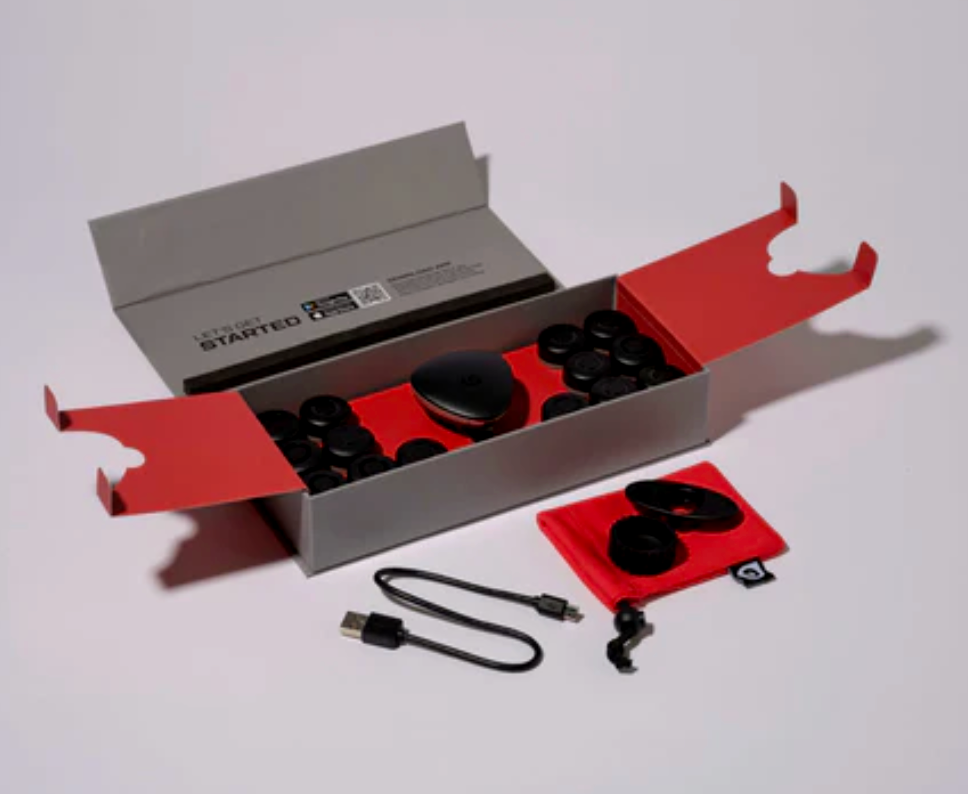
By tracking these golf stats, you’ll start to become a better player
Getty Images
Welcome to Play Smart, a regular GOLF.com game-improvement column that will help you play smarter, better golf.
When it comes to golf stats, I like to nerd out.
That might track back to my youth, when I literally used to eat my morning cereal reading the newspaper and comparing statistics from various baseball box scores. As I got older I began applying stats to pretty much everything I did. I realized how they can provide a roadmap for making a plan before executing it. And, again, I just liked ’em.
These days? I’m learning how roadmaps can help golfers take advantage of statistics, too. And I’m realizing just how few do.
Many buddies I play with simply just write down their scores, not really understanding where a shot was wasted during a hole. That’s fine, but it doesn’t answer the million dollar question: Where can you get better?
Whether you love golf stats or fall on the side of my friends, there are all sorts of options out there to track yourself. But which are the most important to help you actually improve?
In today’s Play Smart, the guys from Golf Science Lab help answer that question — and share five stats to start tracking. Take a look at the video and text below for more info.
The 5 golf stats every golfer should really start tracking
A better understanding of these stats can help you identify a focused golf practice routine to improve in those areas where you’re lacking the most. And while I personally like certain training aids (like this one, which helps track ball-striking stats), those don’t all highlight on-course performance.
Let’s get you dialed in on those five stats, then — the five the Golf Science Lab says you should focus on the most.
Cut down on double bogeys
Not long ago, I played with one of our GOLF Top 100 Teachers who gave me some incredible advice: “just avoid doubles.” That might seem obvious, but it’s not something that many amateurs often think during a round. Maybe it should be.
According to Golf Science Lab, double bogeys often occur when players have birdies on their mind and when bogeys are considered unacceptable. It’s more a course management issue than anything.
Instead, players should strictly focus on eliminating double bogeys by avoiding risk, managing expectations, and putting together a realistic game plan in order to make no worse than bogey on every hole.
Analyse your bogeys
If you’re fine with bogeys but keep doubles off the card, that means mixing in some pars and the occasional birdie will leave you with a respectable score.
So keep gunning for pars! Keeping golf stats on bogeys is a good way to see how you approached a hole and how you could have played it better. Did you get too aggressive to try and get extra yards off the tee but forced driver where you shouldn’t have? What would the result have been had you laid back further?
Keeping track of bogeys when you’re in good position from within 150 yards (for men) and 130 yards (for women) is suggested in the video above, as this highlights an important lesson: If a golfer played the hole well up to that point, where did things go wrong?
The Golf Science Lab guys generally suggest getting as close to the green as possible (rather than laying up to specific number), but to prioritize bringing in any potential hazards or penalty shots.
Monitor three-putts
Ask any golfer where they’ll save the most strokes and they’ll likely say the putting green. That’s because a hot putter can save a poor round off the tee or on approach shots.
That’s why keeping stats on three-putts is so important, as it alerts a player about a very specific issue that can be resolved with some practice.
Most three-putts come down to poor speed control, with many amateurs either rolling putts significantly long or short of the hole.
To correct this problem, practice speed control. Play around on the putting green. Mix in putts from different distances, uphill, downhill, trying to simulate shots you’ll have during your next round.
Keep track of blown saves
In my experience this is one of the most important golf stats to track in order to see gains in your game. Blowing easy saves.
How many unforced errors did you make over the course of a round? Were they mental mistakes or mistakes of execution. That will help show you exactly the amount of strokes you could eliminate.
For instance, if you used a 9-iron and flew the green rather than a pitching wedge from within 125 yards, that’s an added stroke or two. Make a note of that, and learn from the mistake for your next round.
Chip-shot ratio
Chip-shot ratio is another golf stat that can help a player avoid things like skulled or chunked shots from around the putting surface.
According to the Golf Science Lab crew, “we’re trying to get up and down, but we’re trying to not miss the green, first and foremost with the chip.”
For instance, if you’re 30 yards away from the pin and chipping, track how many times you hit versus miss the green. The closer you get, the better — you can track how often you get within 15-20 feet, too. But the times you miss the green will add strokes to your scorecard much more quickly.
All of our market picks are independently selected and curated by the editorial team.
If you buy a linked product,
GOLF.COM may earn a fee. Pricing may vary.
Game Golf KZN GPS Shot Tracker
$219.99
GameGolf KZN is Golf’s Most Powerful & Accurate GPS Shot Tracker, designed to help you shoot lower scores. We track every shot, yardage and club hit, even giving you recommendations as you play. Our sensors allow for automatic shot detection to play with absolute confidence and freedom.












